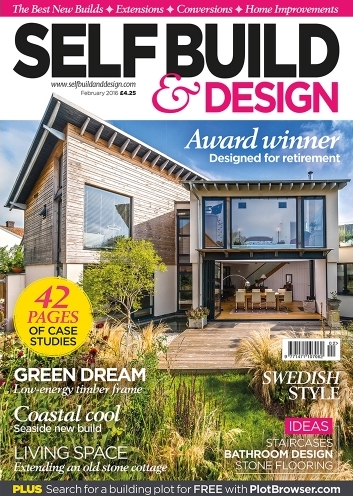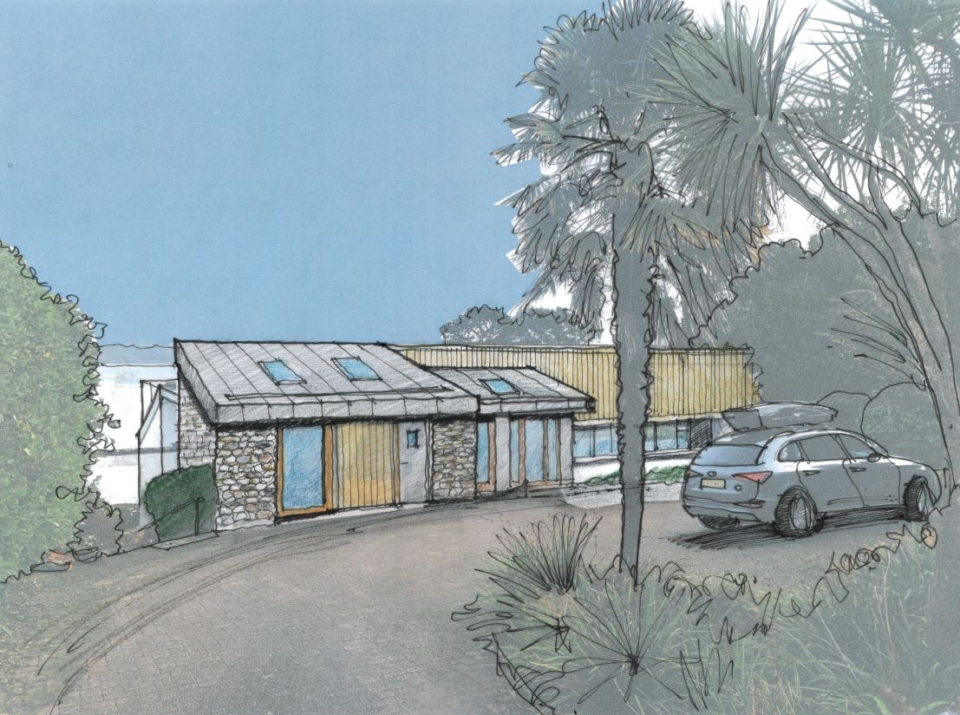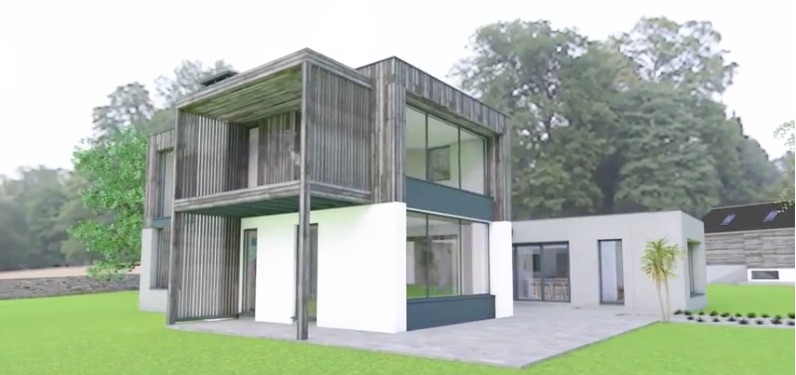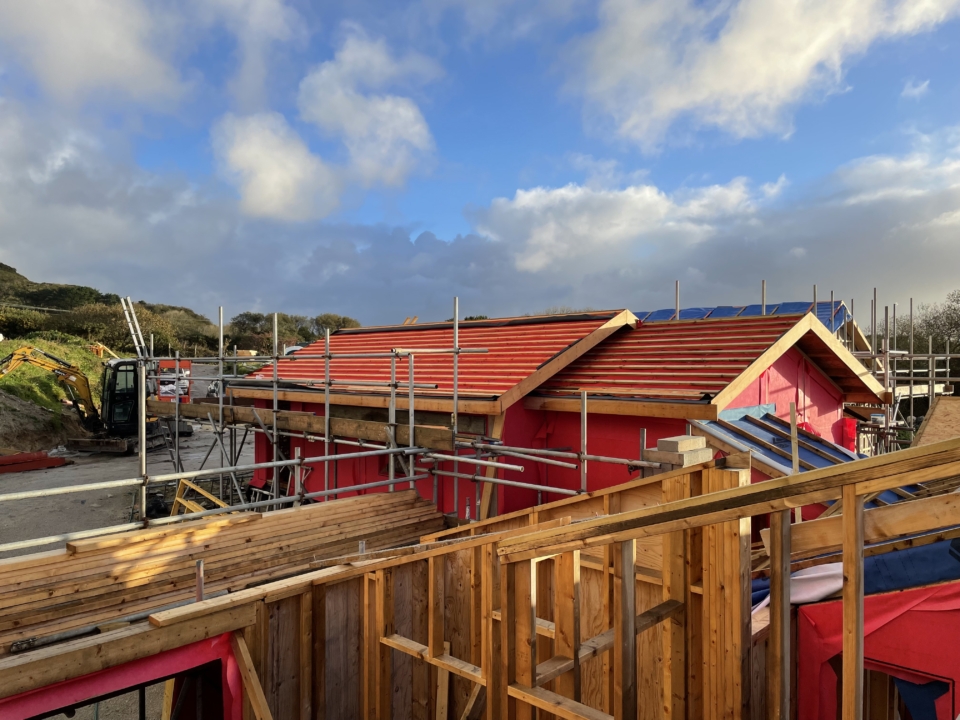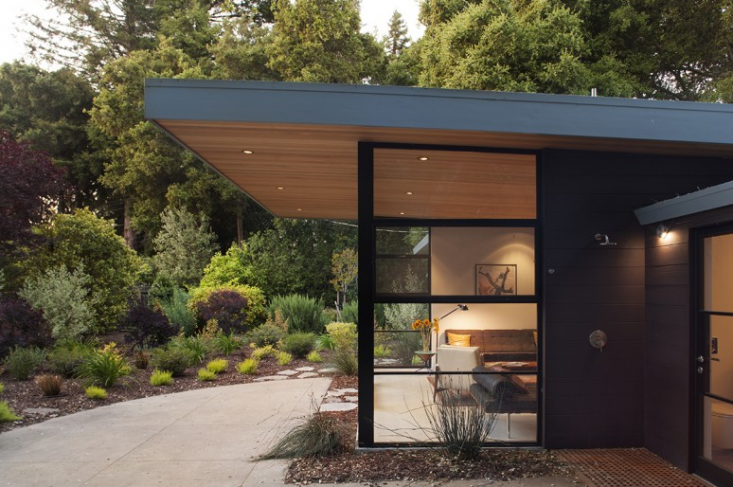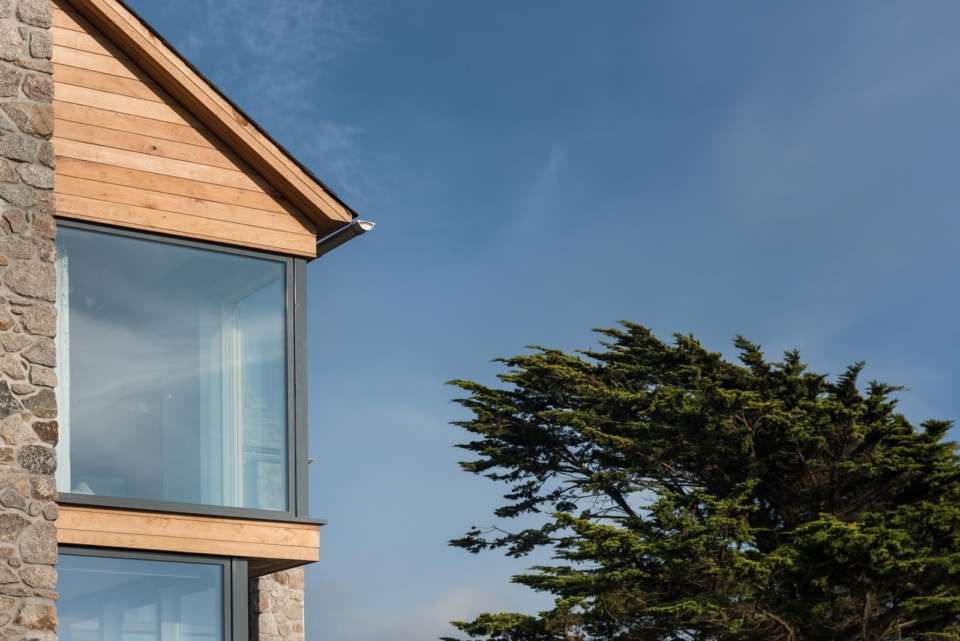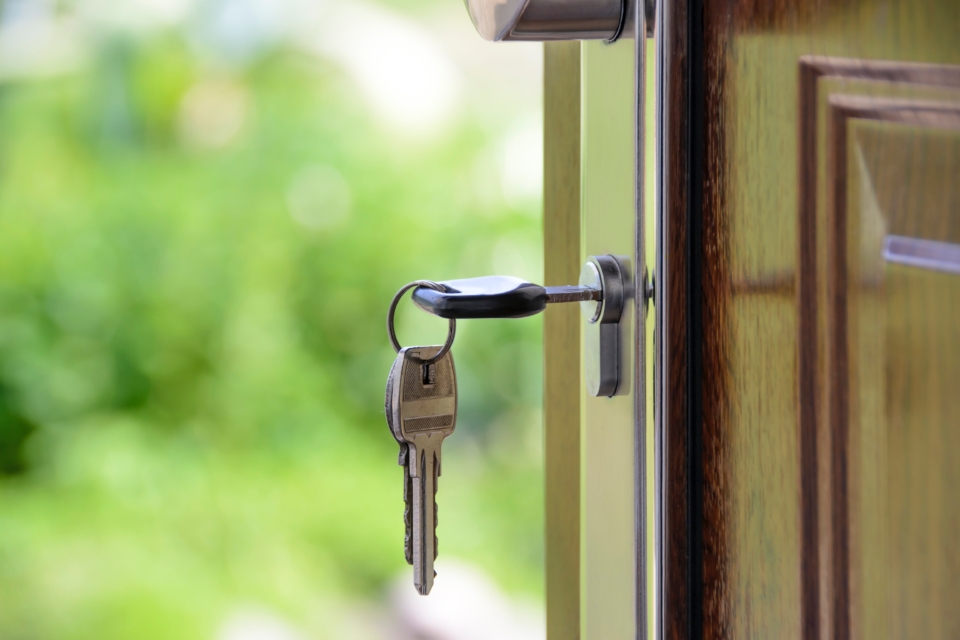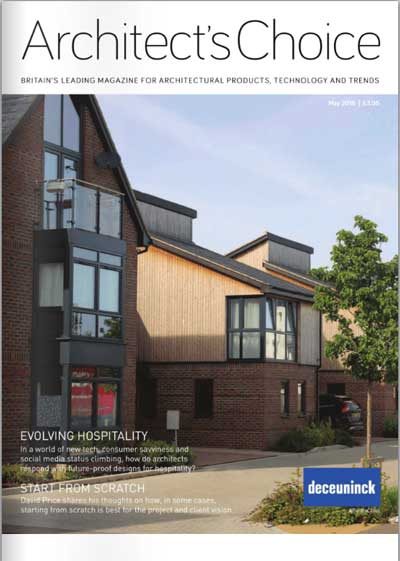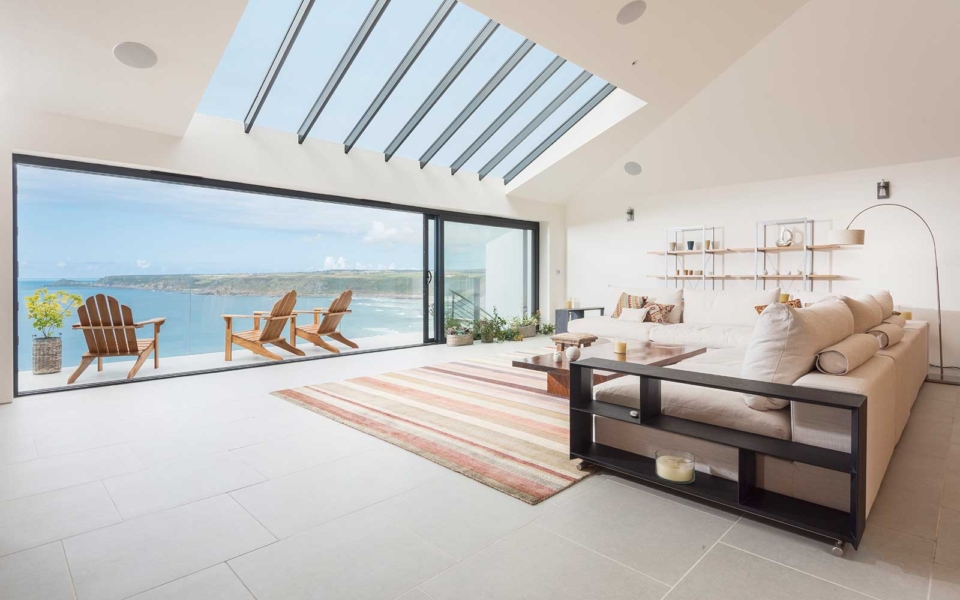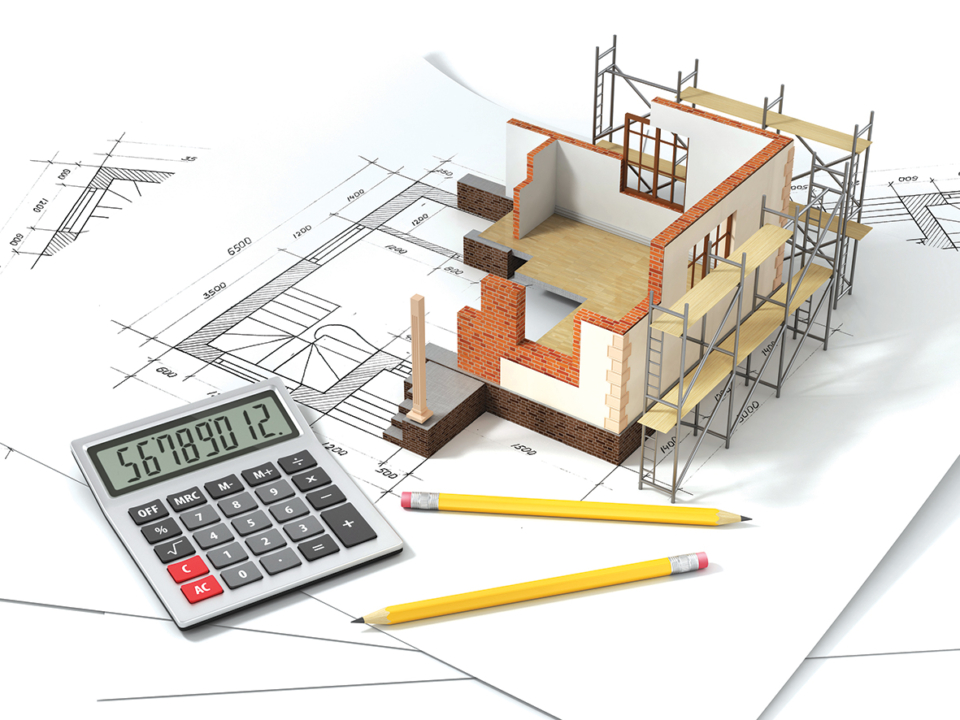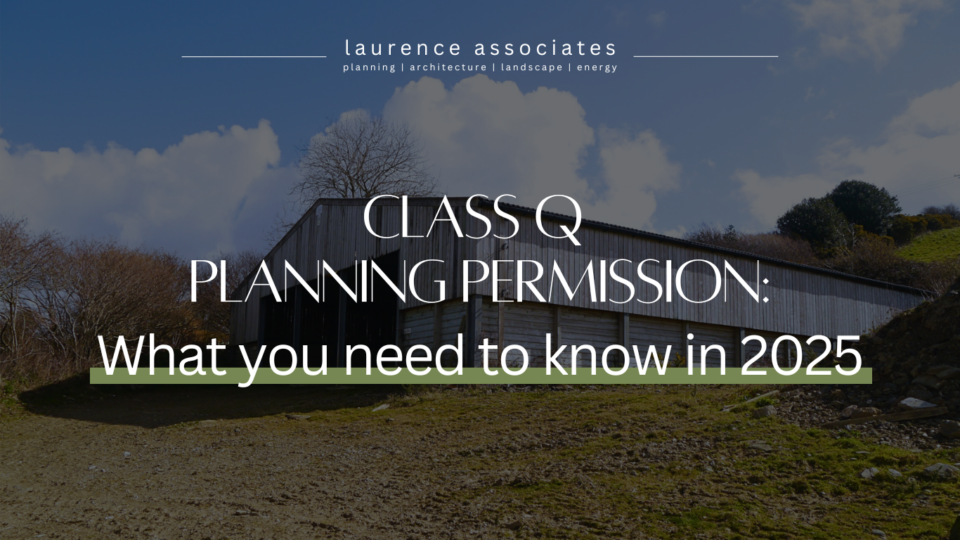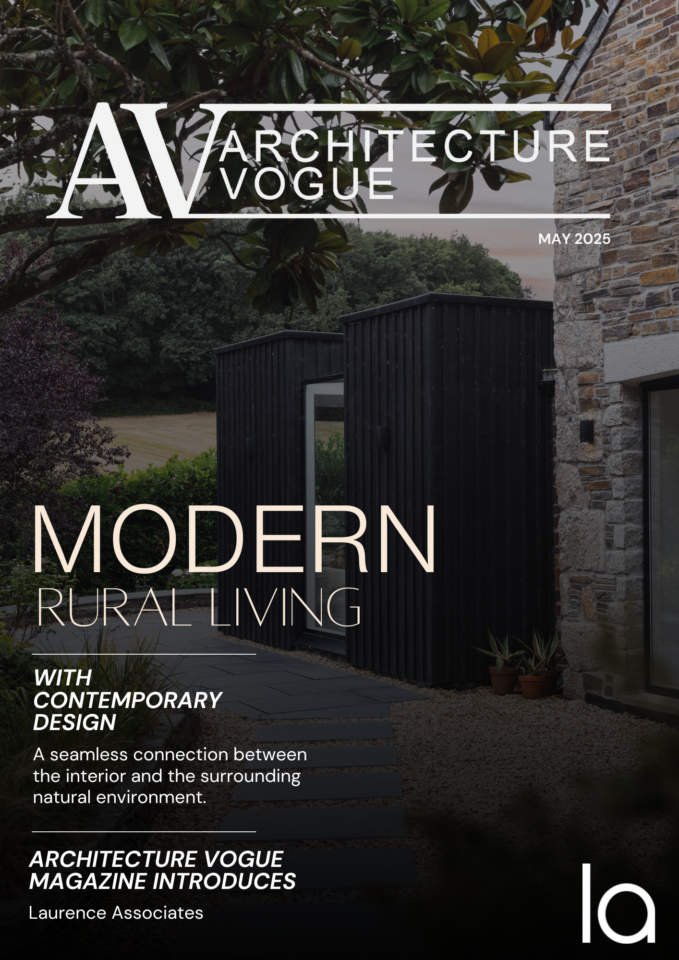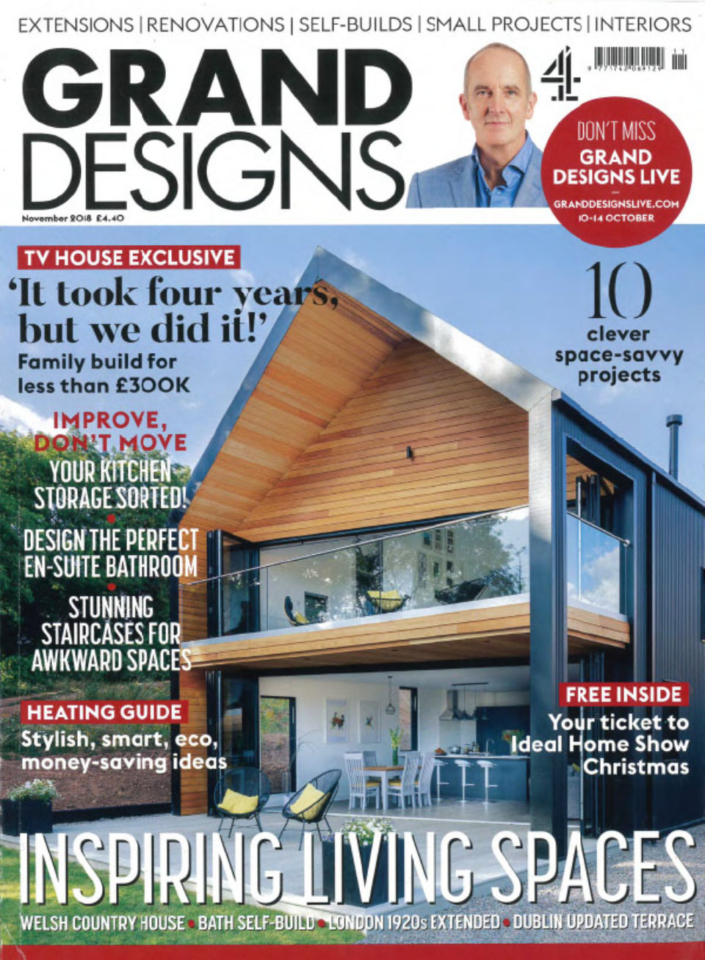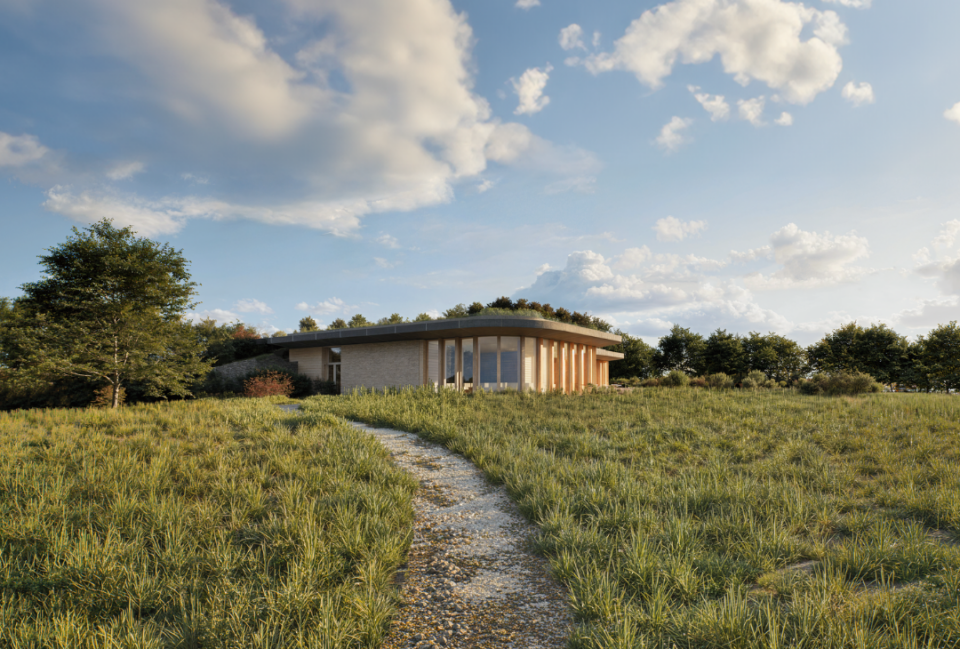Unless you’re in the enviable position of having a large pot of savings languishing in the bank, you’re likely to need a self build mortgage to finance your new house.
They’re offered by fewer lenders than their conventional counterparts, so you’ll have less choice than you’d otherwise enjoy when paying for a home. The usual income multiples apply, and you’ll need an average 25% deposit. Most lenders offer Loan To Value (LTV) ratios of 75% i.e. the difference between the value of the house you’re building and the amount of money you’re borrowing.
For example, if you have a £150,000 mortgage on a property worth £200,000, your LTV ratio is 75%.
If you already own a plot, you might be able to borrow against the value of it, giving you the freedom to devote more cash to the build itself. Take the time to shop around, compare the deals available, and study the detail of any agreement before signing it.
What’s a self build mortgage?
The pivotal difference with a self build mortgage is that funds are released in stages, rather than as a single lump sum. The reasons for this are two-fold: firstly, to protect the lender and, secondly, to safeguard the borrower from the risk of running out of cash half way through the project.
Certain things need to be in place before you apply for a self build mortgage:
- building plot
- detailed plans
- planning permission
- realistic costings including a 10% contingency
- average 25% deposit
There are two types of self build mortgage:
- Arrears. Payments given as each stage of the build is completed.
- Advance. Payments are released at the start of each stage and can improve cashflow, reducing/negating the need for expensive bridging finance to pay contractors and suppliers.
You’ll usually receive the payments in between five to seven stages of the build, depending on the lender’s requirements:
- land purchase
- footings and foundations
- walls built up to eaves level
- watertight roof
- first fix
- completion
Inspections will be carried out at each stage of the build by valuers appointed by the lender to ensure everything is progressing as expected. Most self builders convert to a regular mortgage once the build is completed.




